Introduction
The Boston Terrier stands out in 2025 as a cheerful companion and a trainable star, beloved by families and dog lovers across the United States. This breed’s outgoing personality and sharp intelligence make them perfect candidates for mastering new skills and routines. Training is not only a foundation for a happy relationship, but it also unlocks surprising talents that keep everyday life with a Boston Terrier fun and fulfilling. Read on for the freshest tips, expert strategies, and real-world advice to help any Boston Terrier thrive in today’s fast-paced environment.
Understanding the Boston Terrier: 2025 Profile

- Boston Terriers are among America’s top 25 breeds, cherished for their affectionate nature, sharp intelligence, and adaptability to both city and suburban life.
- The breed is celebrated each February 19th on National Boston Terrier Day, a chance for owners to connect, learn, and celebrate their pets.
- Bostons are moderate-energy dogs needing about 30–60 minutes of daily activity, split between short walks and play to avoid overheating, common because of their short snout.
1. Start Early, Stay Consistent
The golden rule for Boston Terrier training is consistency. Begin training as early as eight weeks old for the best results. Short, daily sessions help build good habits and make lessons stick, while changing up commands too often can confuse your pup. Stick to a regular routine to reinforce expectations—meals, walks, and training all on schedule.

- Short attention spans: Training sessions of 5–15 minutes are ideal.
- Use the same words for commands so everyone in the household reinforces learning.
- Don’t switch rules—if jumping is off limits today, it should always be off limits.
2. Positive Reinforcement Wins
Positive reinforcement is key for Boston Terriers. This means rewarding good behavior with treats, praise, or a favorite toy, rather than punishing mistakes. Boston Terriers are sensitive and thrive when encouraged; harsh corrections or yelling can create anxiety or stubbornness.

- Food-oriented: Most Bostons work hardest for small, tasty rewards.
- Praise matters: Use enthusiastic voices and gentle petting to reinforce good behavior.
- Always end training on a high note to keep your dog feeling successful and confident.
3. Socialization: Building Trust & Talent
Early socialization sets the stage for a well-adjusted and talented Boston Terrier. Introduce your puppy gradually to different people, environments, sounds, and experiences. Supervised playdates and meet-ups with other Boston Terriers can boost confidence and help develop natural communication skills.
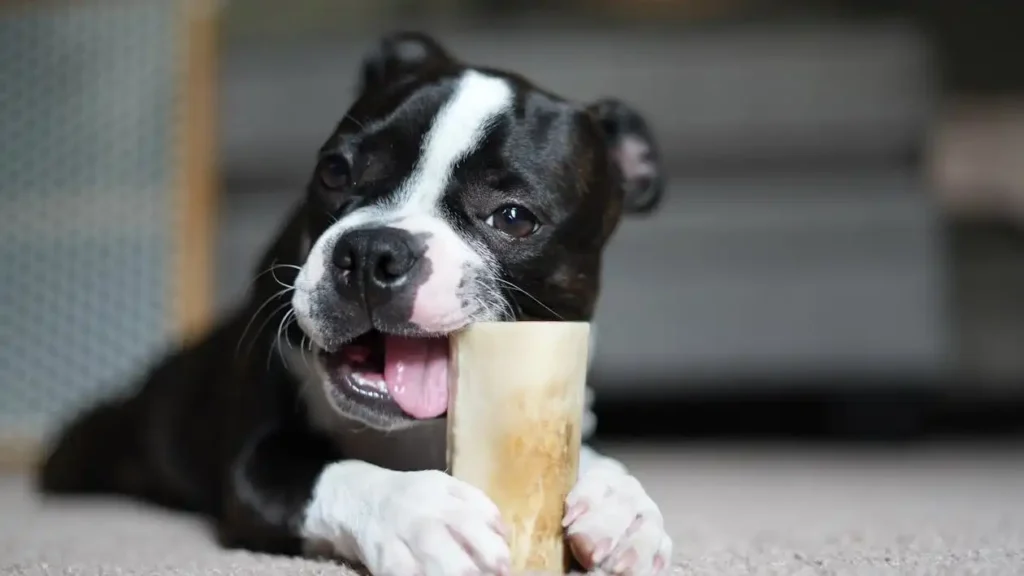
- National Boston Terrier Day meetups are perfect socialization opportunities.
- Controlled exposure: New sights and sounds should be presented gently; loud or hectic activities can overwhelm sensitive pups.
4. Make Learning Fun: Games & Mini-Challenges
Boston Terriers are naturally playful. The most effective training happens when learning feels like a game. Use puzzles, mini-games, and engaging play to boost focus and develop unique talents.

- Puzzle toys and interactive games tap into their intelligence and curiosity.
- Use tug-of-war or fetch as rewards to reinforce commands.
- Try teaching tricks like “spin,” “wave,” or “find it” for added enrichment.
5. Mind Their Unique Health Needs
Due to their short muzzle, Boston Terriers are prone to breathing issues, especially in heat or humidity. Training should happen indoors or during cooler times of day. Always use a harness rather than a collar to prevent airway damage.

- Keep training sessions short to avoid exhaustion—10–15 minutes is best outdoors.
- Provide fresh water often, and watch for signs of overheating or labored breathing.
6. Talent Spotlight: Agility, Therapy, & Tricks
Boston Terriers excel in agility, obedience, and even therapy dog roles due to their willingness to learn and gentle nature. Setting up a basic mini-agility course in your home can give your dog daily brain and body workouts. For owners seeking to share their dog’s talents, consider therapy training or entering fun competitions.
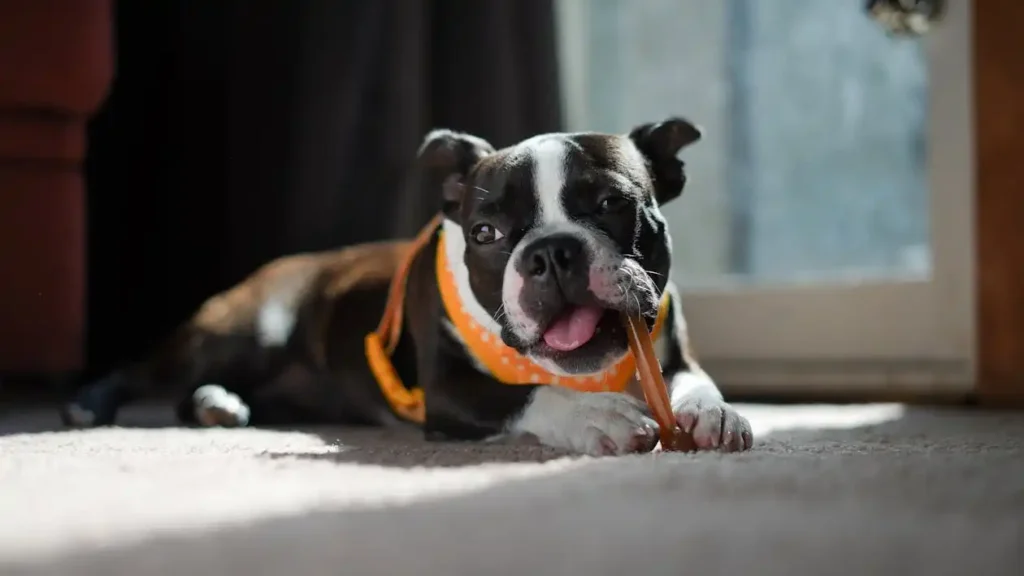
- Agility tasks: Teach weaving, jumping, and short sprints for physical and mental skill-building.
- Therapy training: Calm, outgoing Bostons make excellent visitors for hospitals, schools, and senior centers.
7. Lifelong Learning: Make Training a Daily Joy
Training never really stops for a Boston Terrier—it’s a lifelong adventure. Use every moment as a chance to reinforce skills, try new tricks, and bond with your pet.
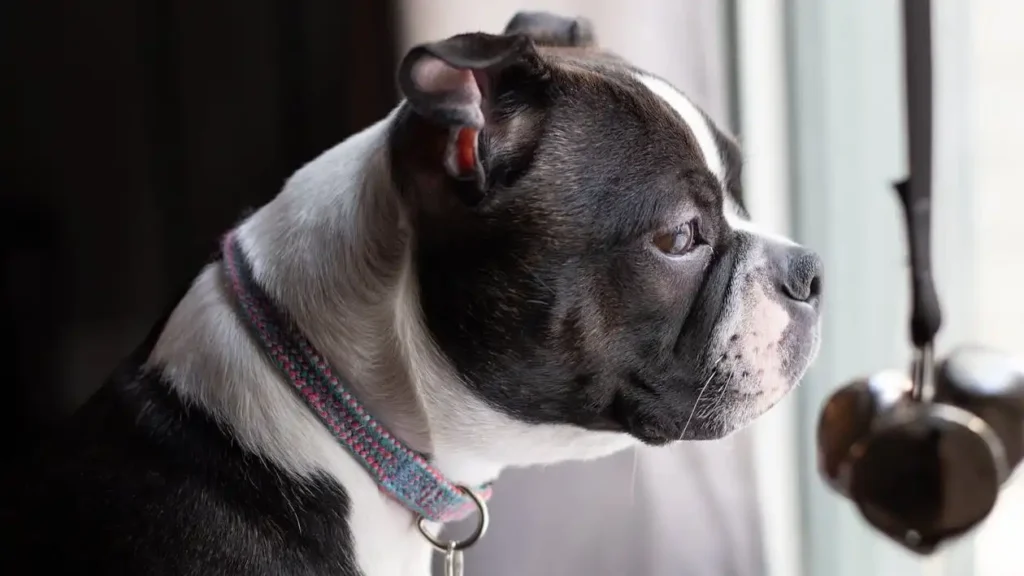
- Practice commands during walks, at home, and with visitors.
- Celebrate successes: Show off new tricks on social media (#NationalBostonTerrierDay) and connect with other Boston lovers.
- Regular refreshers help prevent boredom and keep your Boston engaged, especially as new training trends emerge in 2025.
Useful Table: Boston Terrier Training Essentials (2025)
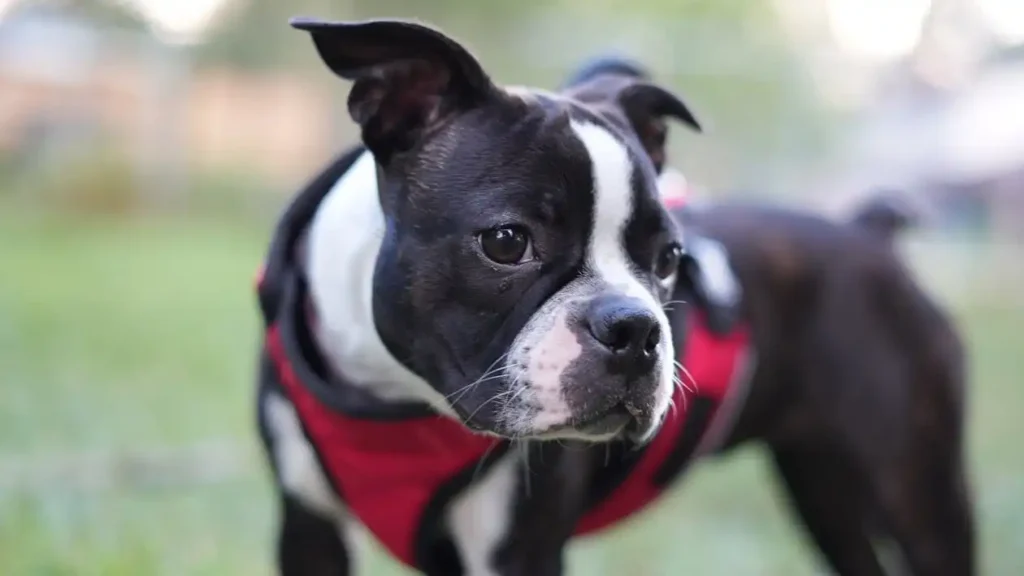
| Training Tip | Description | Boston Terrier Benefit |
| Start Early & Stay Consistent | Begin at 8 weeks, use short sessions | Builds strong habits, reduces confusion |
| Use Positive Reinforcement | Give treats, praise, toys for success | Boosts confidence, prevents anxiety |
| Socialize Gradually | Meet new people, dogs, environments | Improves manners, lowers stress |
| Make Training Fun | Games, puzzles, playful tricks | Increases motivation and focus |
| Prioritize Health & Safety | Train indoors, use harness, give water | Prevents breathing issues, keeps dog safe |
| Explore Talents | Agility, therapy, obedience competitions | Unlocks unique abilities, builds pride |
| Reinforce Guidelines Daily | Practice everywhere, refresh commands | Maintains skills, strengthens bond |
Human Stories: Real Boston Terrier Success
Many Boston Terrier owners report dramatic improvements when adopting these tips—puppies that began training early adapted quickly, while older dogs found renewed joy learning tricks and socializing at breed events. Families share stories about Boston Terriers who mastered impressive agility courses and brought comfort as certified therapy pets, highlighting the breed’s adaptability and heart.
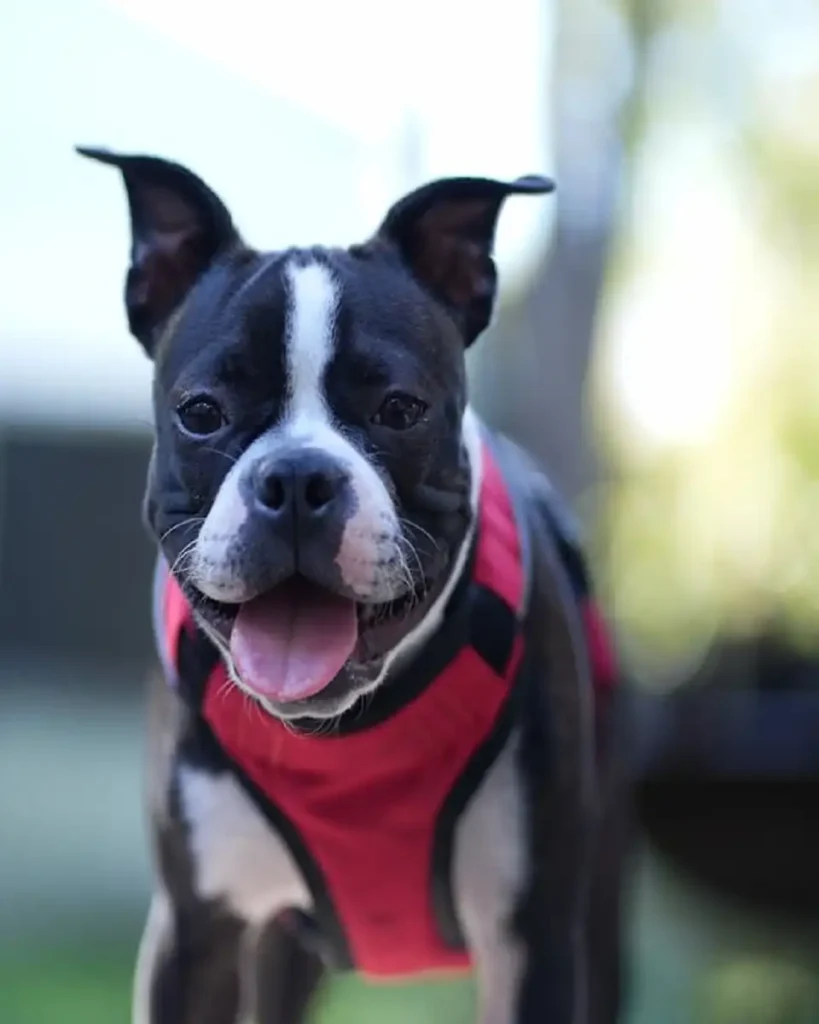
Secondary Tips & Advice
- Avoid harsh discipline; it creates resistance and damages trust.
- Use harnesses over collars to protect sensitive throats.
- Join online Boston Terrier communities for troubleshooting and fresh advice.
Boston Terrier vs French Bulldog
When choosing between a Boston Terrier and a French Bulldog, it’s crucial to recognize their similarities and key distinctions for a happy and harmonious home.

Appearance & Build:
- Both breeds feature a short coat, flat face, upright ears, and compact size.
- Boston Terriers have a lean frame (12–25 pounds, 10–17 inches tall), longer legs, and a “tuxedo” coat with characteristic white markings.
- French Bulldogs are heavier (20–28 pounds, up to 13 inches), stockier, with short legs, a square body, and larger, rounded ears. Their coat colors include brindle, cream, fawn, and white with less uniform markings.
Head & Facial Features:
- Boston Terrier heads are rounded with minimal wrinkles; French Bulldog heads are square with more pronounced skin folds and wrinkling around the nose.
- Boston Terrier ears come to a point; French Bulldog ears are rounded and larger.
Temperament & Energy:
- Boston Terriers are lively, intelligent, and affectionate, thriving on play and daily activity.
- French Bulldogs are more laid-back, cuddly, and sometimes stubborn, making them better suited for owners seeking a low-energy companion.
- Both are good-natured, gentle with children, and ideal for apartment living.
Trainability:
- Boston Terriers are typically easier to train and enjoy learning new commands, excelling in agility and tricks.
- French Bulldogs, while intelligent, can be more independent and sometimes harder to motivate but respond well to consistent, positive training.
Health & Lifespan:
- Both breeds are brachycephalic (short-snouted) and susceptible to breathing issues and overheating, especially in warm weather.
- Boston Terriers often live 11–13 years; French Bulldogs average 10–12 years.
- French Bulldogs may be more prone to joint, spinal, and heart conditions; Boston Terriers tend toward patellar luxation and certain spinal disorders.
| Feature | Boston Terrier | French Bulldog |
| Average Weight | 12–25 lbs | 20–28 lbs |
| Height Range | 10–17 in | Up to 13 in |
| Ears | Pointed | Rounded, larger |
| Head Shape | Rounded, fewer wrinkles | Square, wrinkled |
| Coat Colors | Tuxedo, brindle, seal | Brindle, cream, fawn, white |
| Energy Level | Lively, playful | Relaxed, lower energy |
| Trainability | High | Moderate |
| Lifespan | 11–13 years | 10–12 years |
| Health Challenges | Patellar luxation, deafness | Joint, heart, spinal issues |
Boston Terriers are best for active families who want a social, easily trained companion with a distinctive appearance. French Bulldogs suit quieter households or individuals who seek a relaxed, low-maintenance friend.
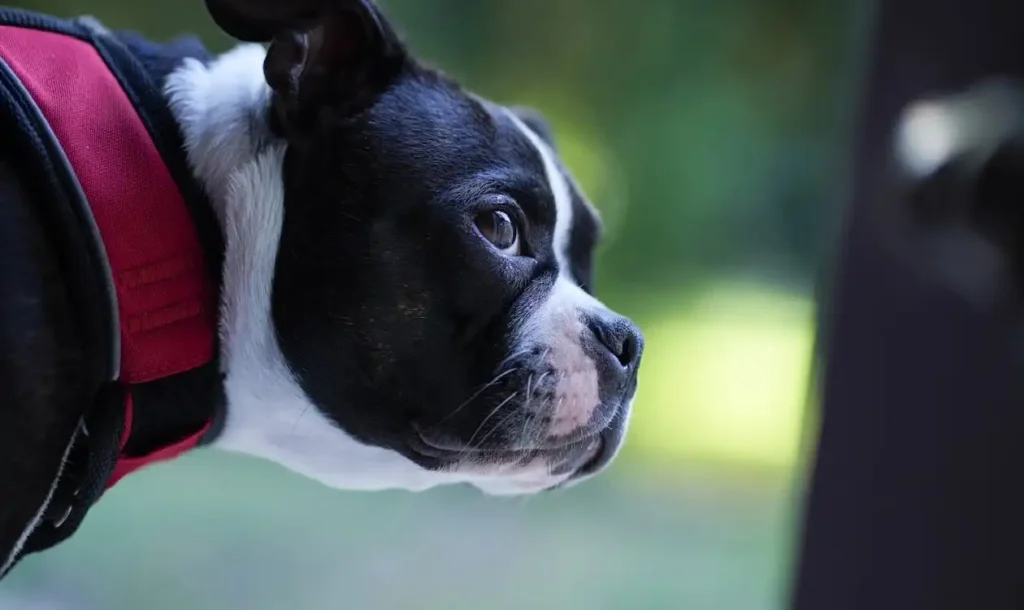
Finally
A well-trained Boston Terrier in 2025 is a happy, resilient, and talented companion, ready to bring smiles to any household. By following these seven key tips—start early, use positive reinforcement, socialize, make learning fun, focus on health, spotlight talents, and commit to lifelong learning—owners guarantee the best for their beloved pets. The journey with a Boston Terrier is rewarding, filled with joy, and always an adventure worth sharing nationwide.
Remember: every Boston Terrier is unique, and a personalized approach unlocks the best results. Celebrate every milestone, welcome every challenge, and enjoy every moment with this remarkable breed.
For More Details Visit Talent Dogs

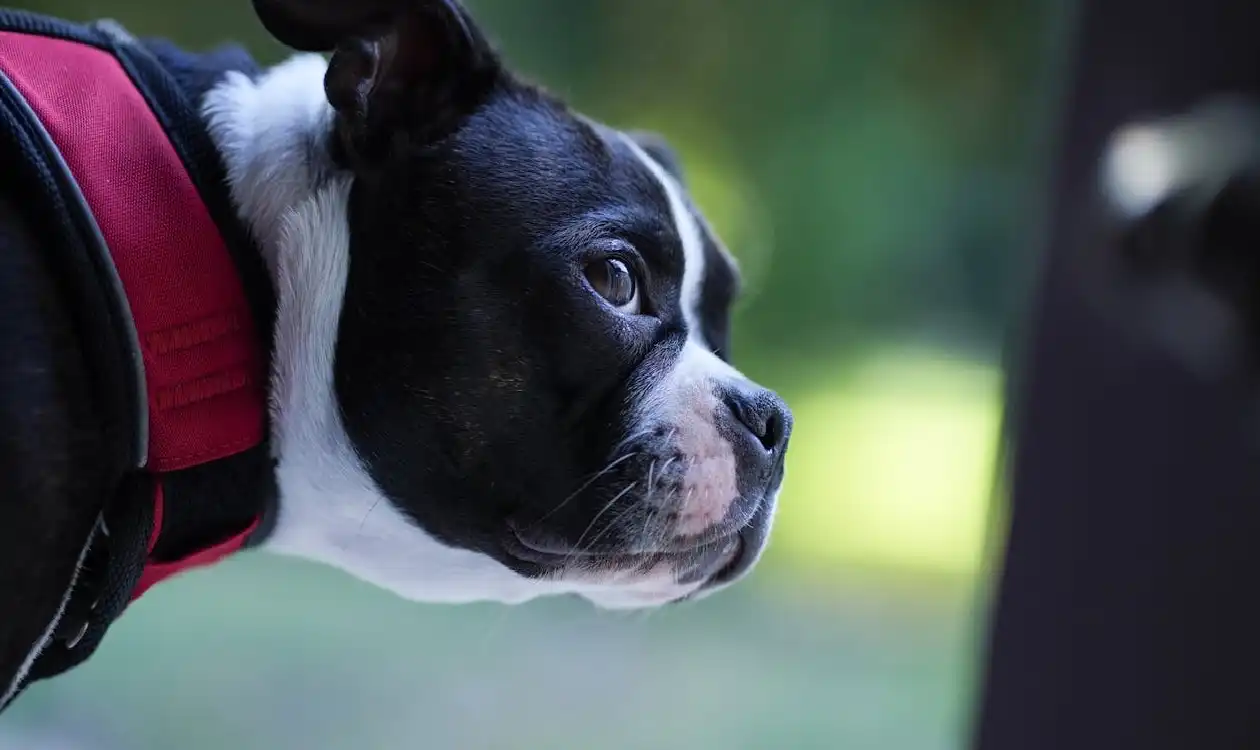
Leave a Reply